I am trying to simulate a particle flying at another particle while undergoing electrical repulsion (or attraction), called Rutherford-scattering. I have succeeded in simulating (a few) particles using for loops and python lists. However, now I want to use numpy arrays instead. The model will use the following steps:
- For all particles:
- Calculate radial distance with all other particles
- Calculate the angle with all other particles
- Calculate netto force in x-direction and y-direction
- Create matrix with netto xForce and yForce for each particle
- Create accelaration (also x and y component) matrix by a = F/mass
- Update speed matrix
- Update position matrix
My problem is that I do not know how I can use numpy arrays in calculating the force components. Here follows my code which is not runnable.
import numpy as np
# I used this function to calculate the force while using for-loops.
def force(x1, y1, x2, x2):
angle = math.atan((y2 - y1)/(x2 - x1))
dr = ((x1-x2)**2 + (y1-y2)**2)**0.5
force = charge2 * charge2 / dr**2
xforce = math.cos(angle) * force
yforce = math.sin(angle) * force
# The direction of force depends on relative location
if x1 > x2 and y1<y2:
xforce = xforce
yforce = yforce
elif x1< x2 and y1< y2:
xforce = -1 * xforce
yforce = -1 * yforce
elif x1 > x2 and y1 > y2:
xforce = xforce
yforce = yforce
else:
xforce = -1 * xforce
yforce = -1* yforce
return xforce, yforce
def update(array):
# this for loop defeats the entire use of numpy arrays
for particle in range(len(array[0])):
# find distance of all particles pov from 1 particle
# find all x-forces and y-forces on that particle
xforce = # sum of all x-forces from all particles
yforce = # sum of all y-forces from all particles
force_arr[0, particle] = xforce
force_arr[1, particle] = yforce
return force
# begin parameters
t = 0
N = 3
masses = np.ones(N)
charges = np.ones(N)
loc_arr = np.random.rand(2, N)
speed_arr = np.random.rand(2, N)
acc_arr = np.random.rand(2, N)
force = np.random.rand(2, N)
while t < 0.5:
force_arr = update(loc_arry)
acc_arr = force_arr / masses
speed_arr += acc_array
loc_arr += speed_arr
t += dt
# plot animation



![masses[0] = 5](../../images/3845524671.webp)

